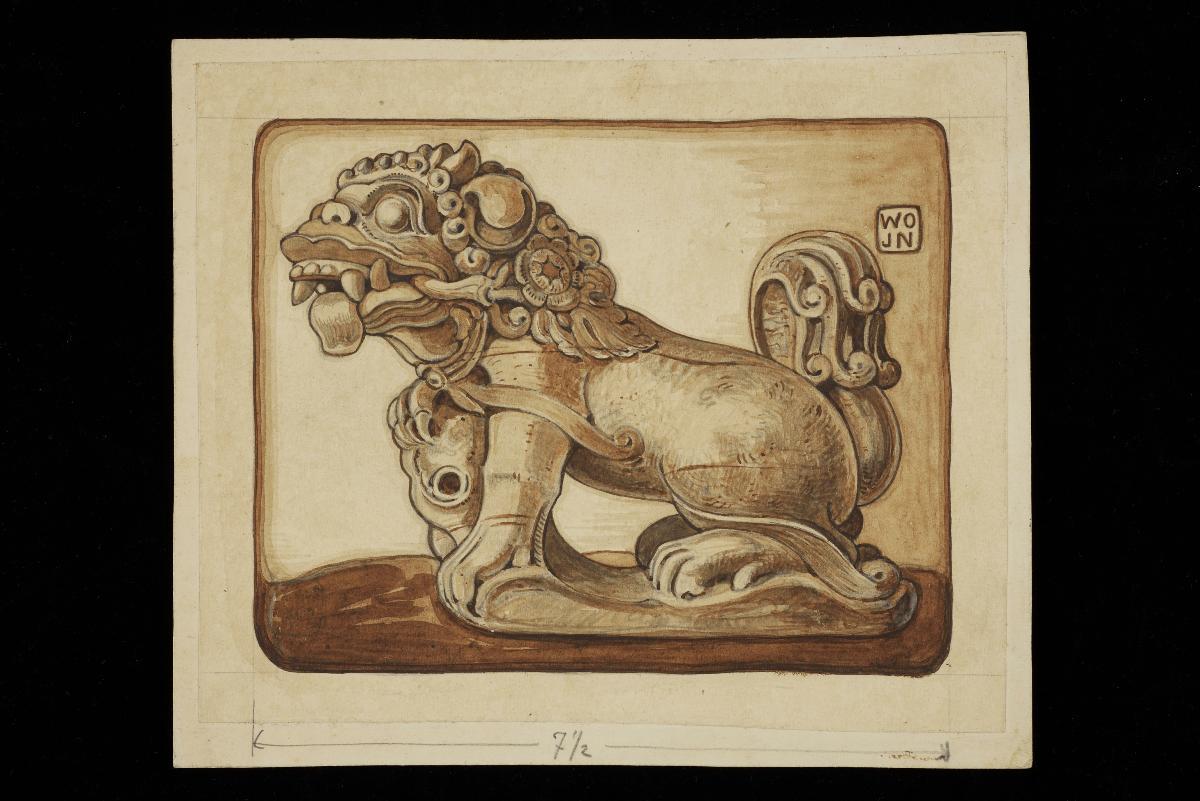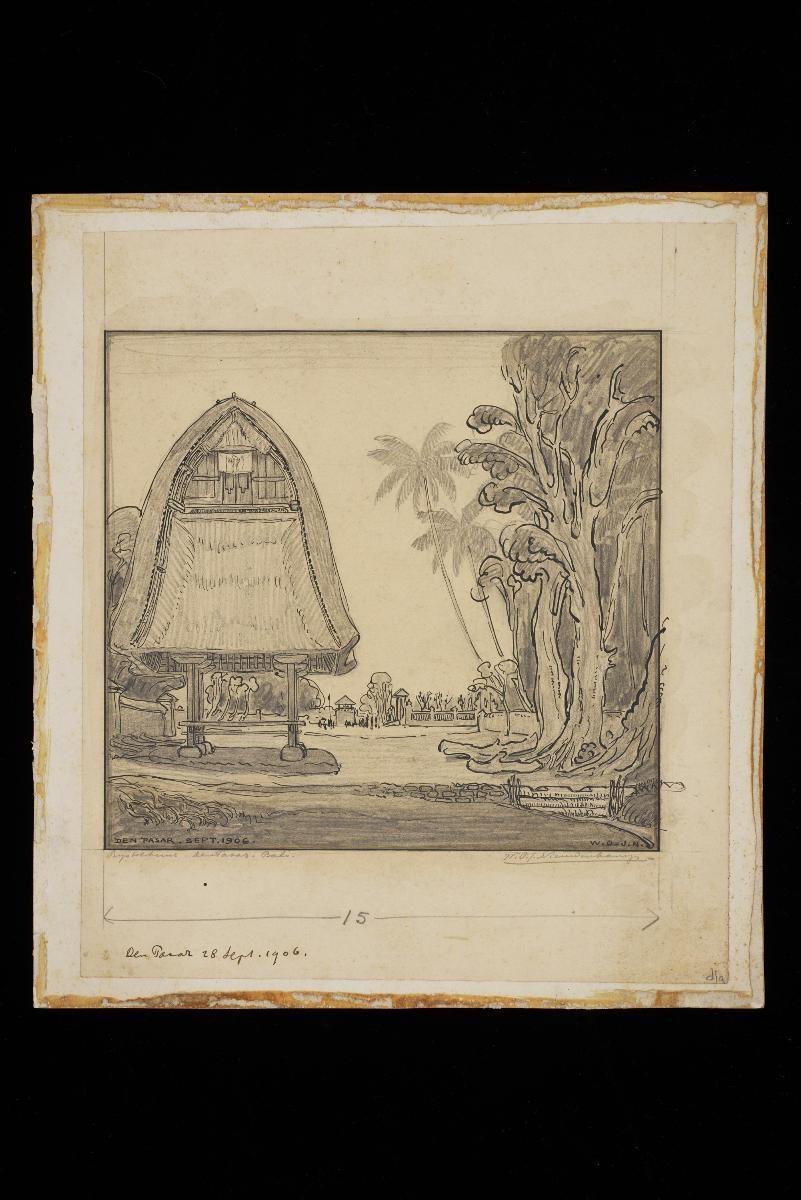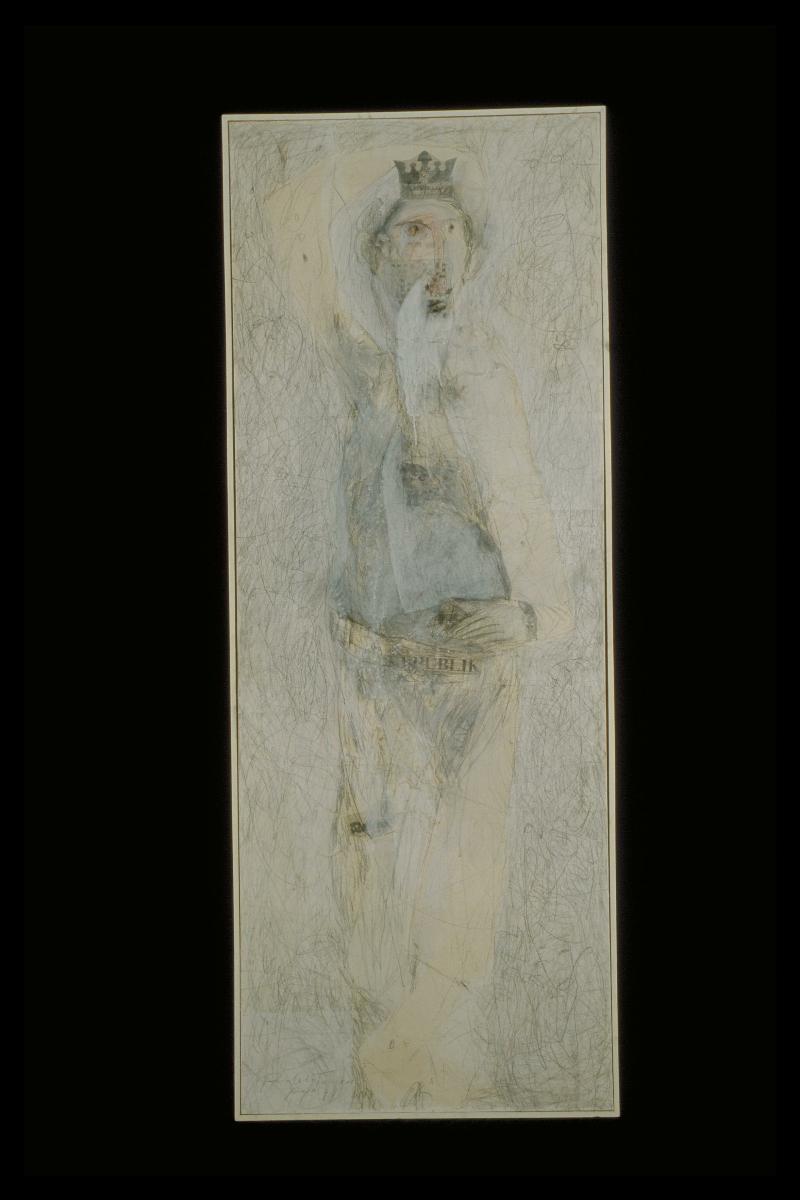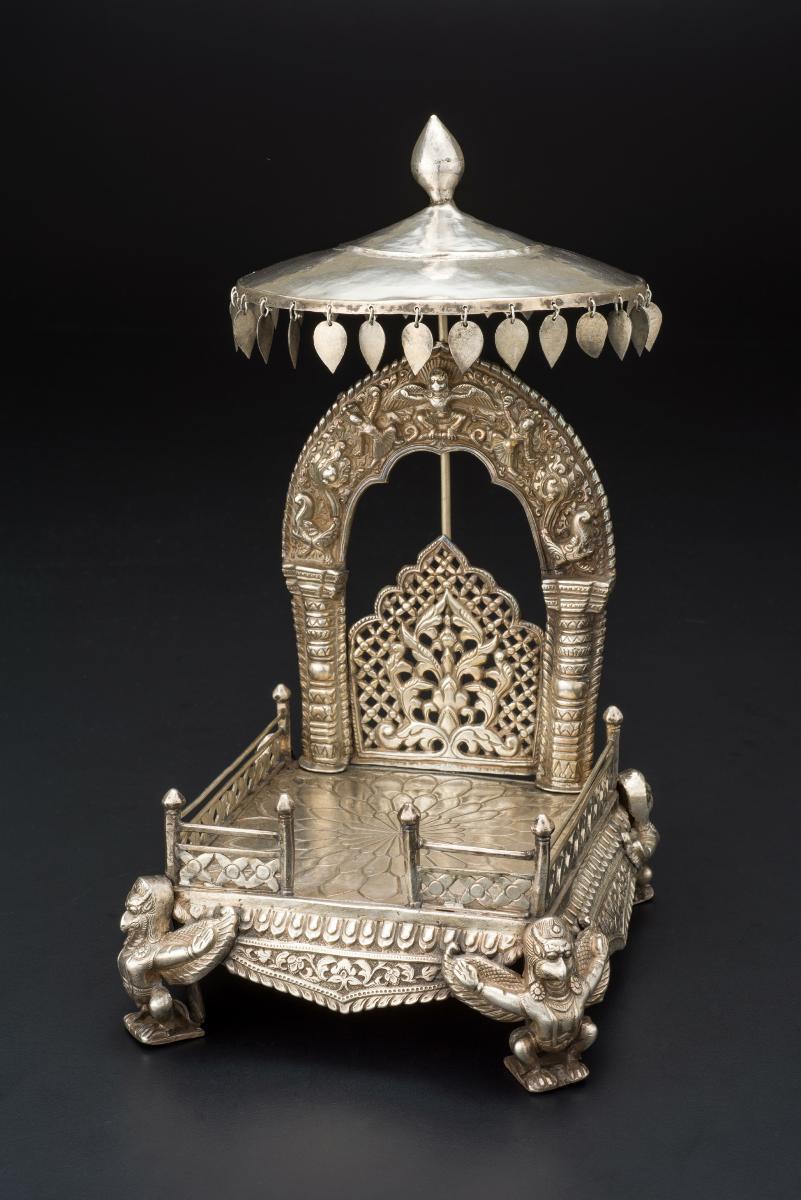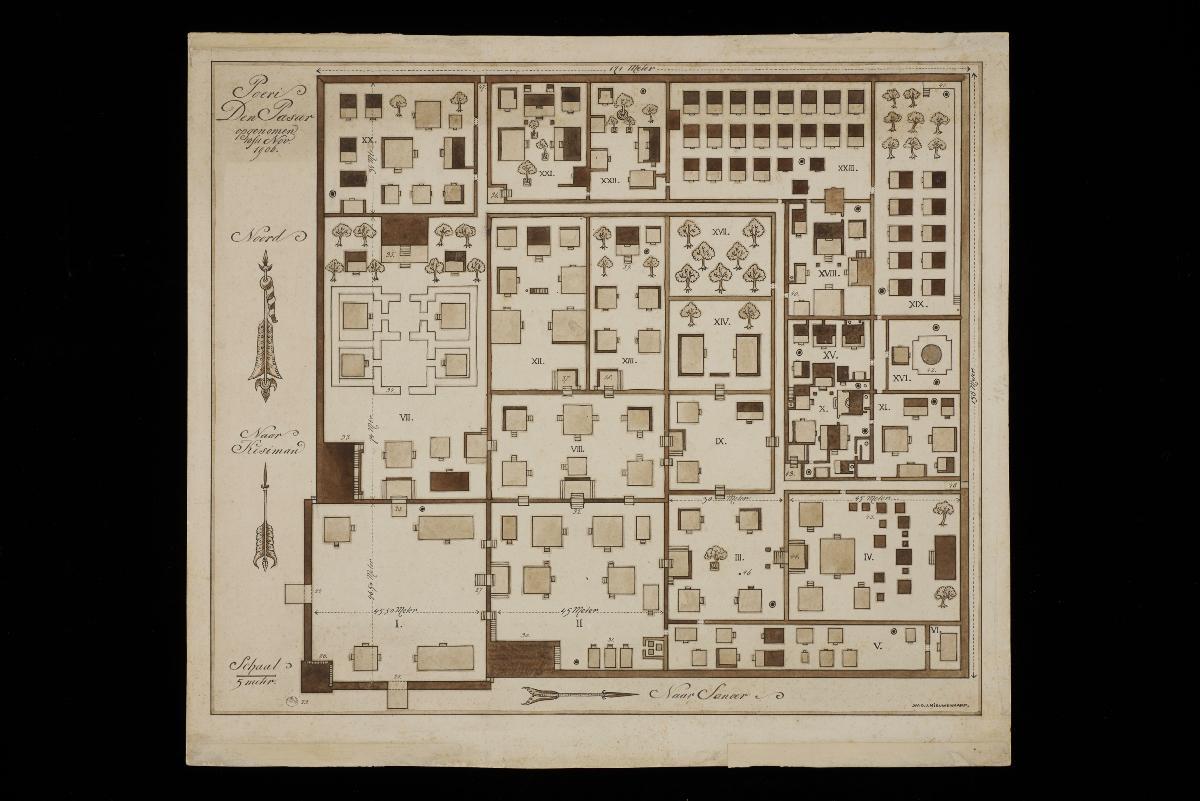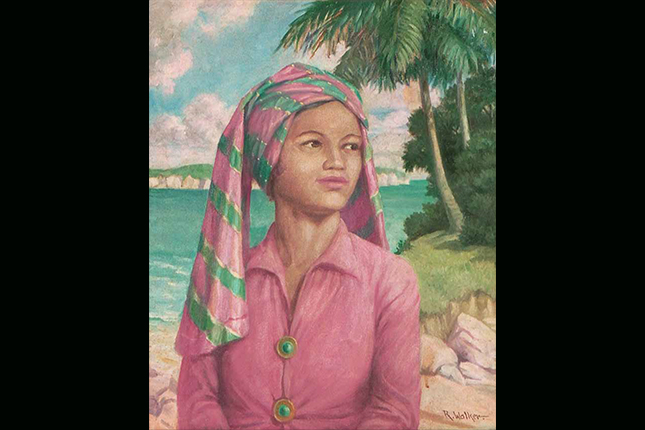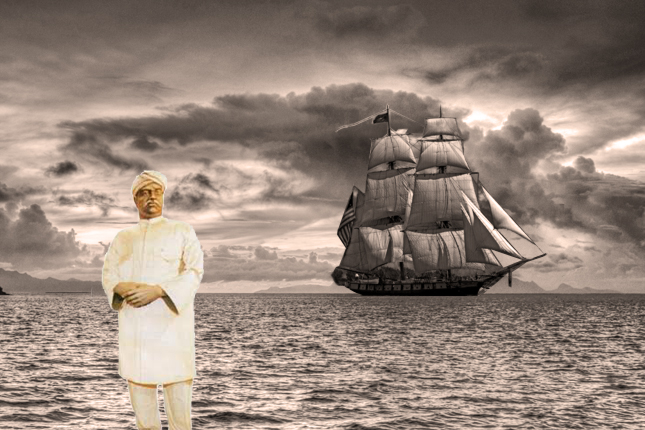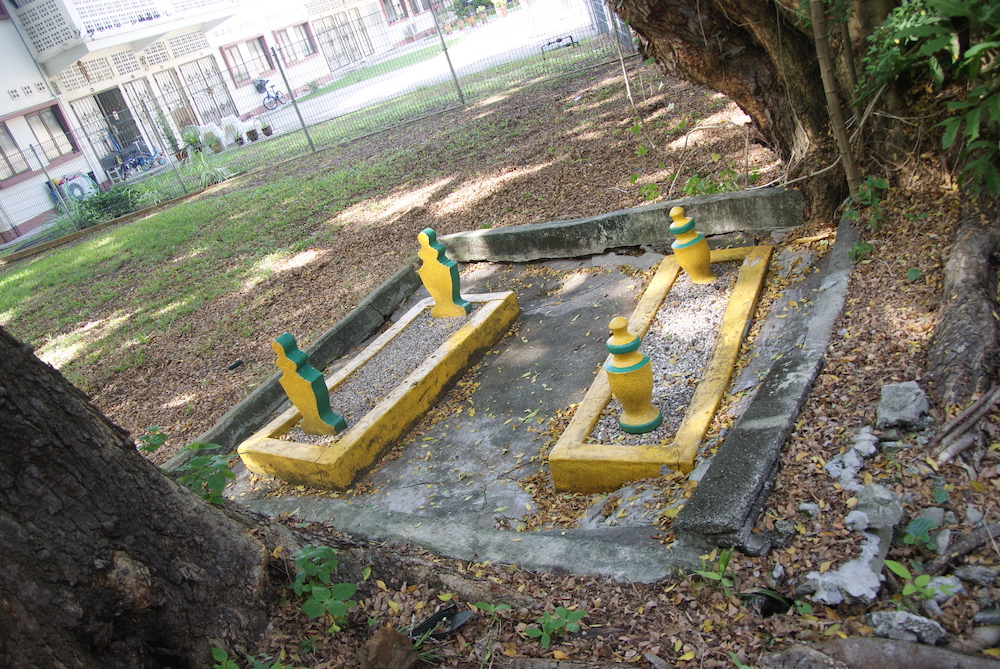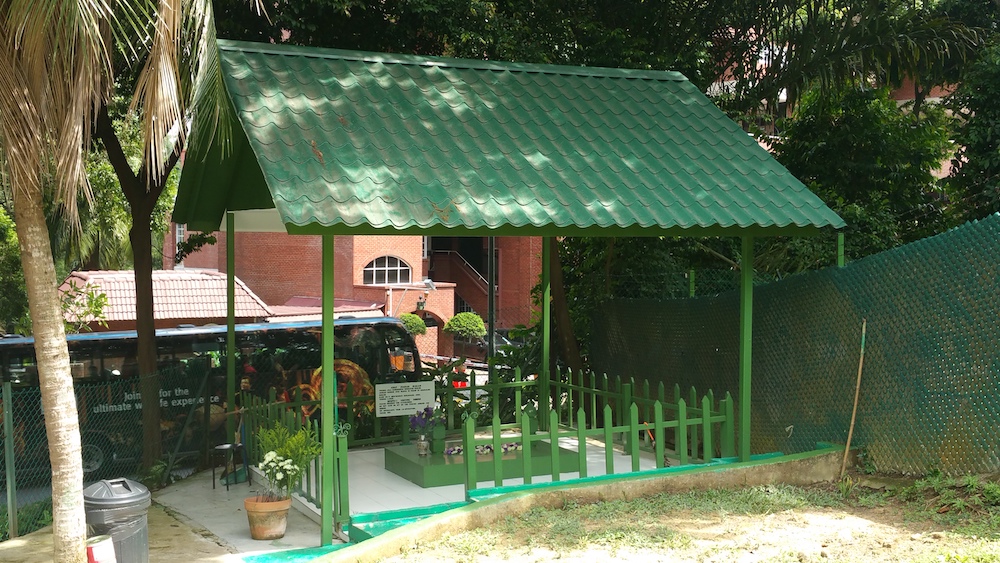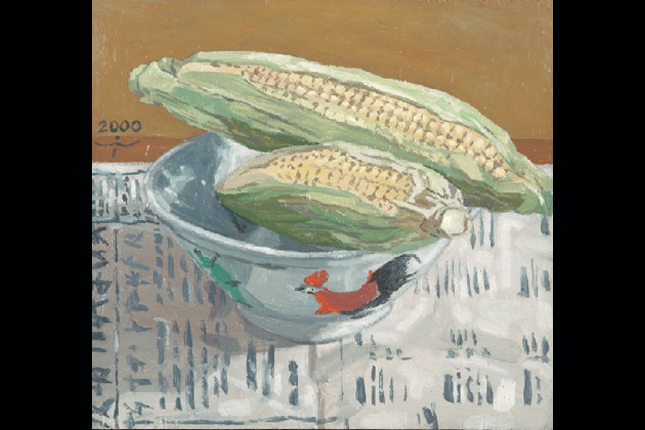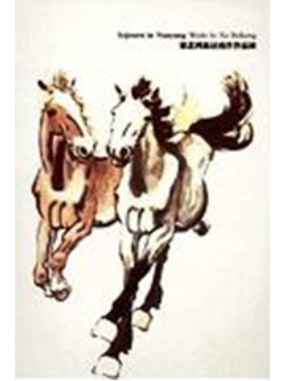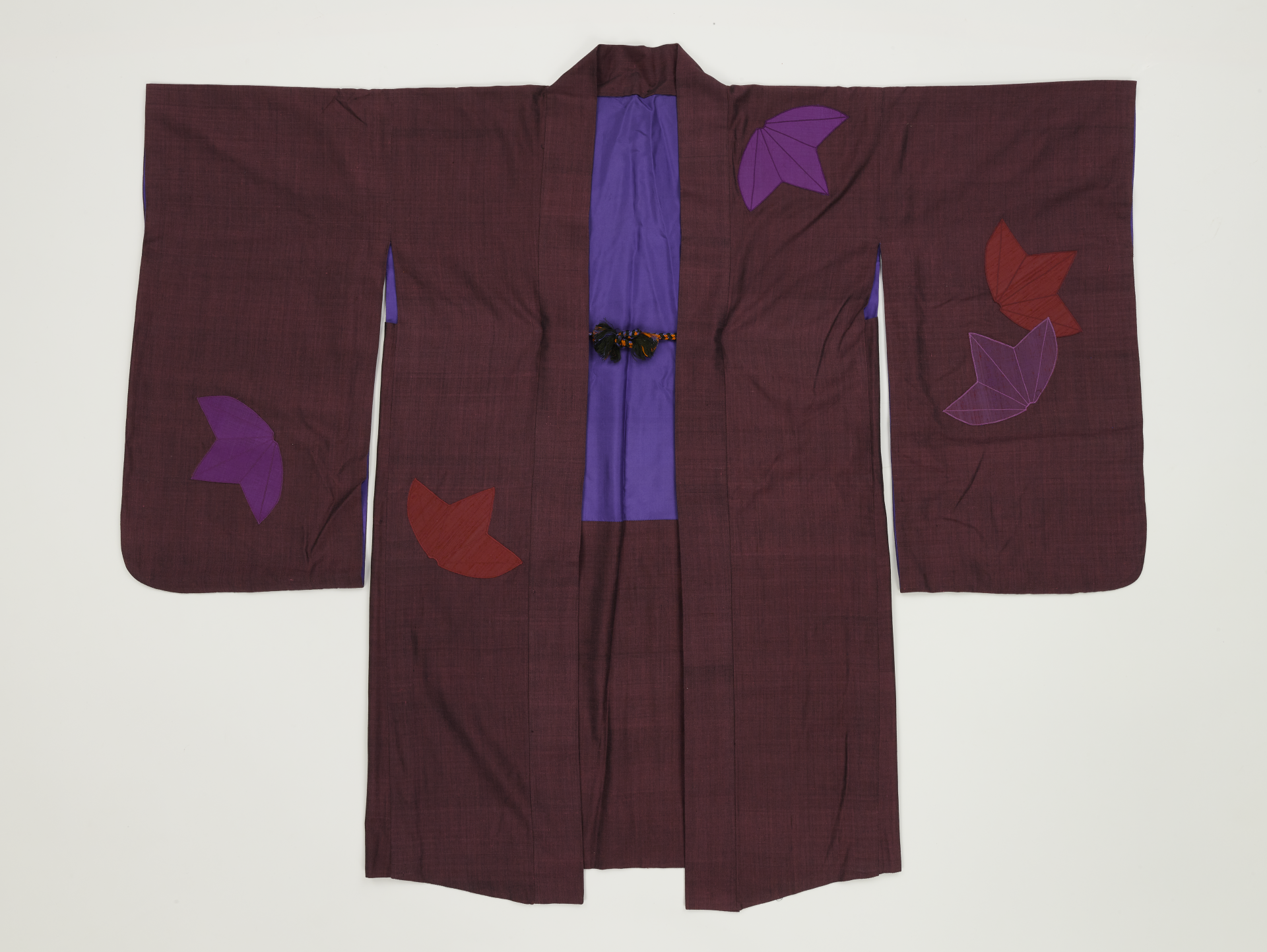Object size: 15.4 x 18.0 cm
WOJ Nieuwenkamp (1874-1950) is known as the first European artist to arrive in Bali in 1904. The story of modern art in Bali is often written from the point of European artists arriving upon Bali. In Nieuwenkamp’ s case, Bali is brought home with him to Europe. His publication, Bali en Lombok (1906-1910) played a key role in inscribing Bali in the European imagination. In its introduction, he also called out to artists to visit the then-Dutch East Indies (present-day Indonesia). Numerous artists from Europe heeded this call. During his lifetime, Nieuwenkamp’ s role as a Balinese expert was well-known. He made meticulous, and annotated studies of material culture, landscape and environment in Bali, and elsewhere in the Dutch East Indies (today, Indonesia). Painted during Nieuwenkamp’ s second trip to Bali, Golden Lion from the Throne of the Raja of Badung, 1906, depicts one lion carving of a pair that once decorated the throne of the Raja of Denpasar. Nieuwenkamp collected the pair from the ruins of the palace that was razed to the ground after the Dutch intervention in Bali in 1906 that destroyed the southern Balinese kingdoms of Badung and Tabanan and weakened the kingdom of Klungkung. This act of colonial suppression also led to the puputan (mass ritual suicide) of the royal family, priests, and palace officials in Denpasar. The massacre is remembered as the “Badung Puputan” and is regarded as a significant moment of resistance against colonialism in Indonesia. Subsequently, the Dutch soldiers stripped the corpses of the valuables and sacked the ruins of the burned palace. Nieuwenkamp took an ethical position by documenting and publicly condemning such acts of colonial aggression in his letters to friends and colleagues in The Netherlands.




